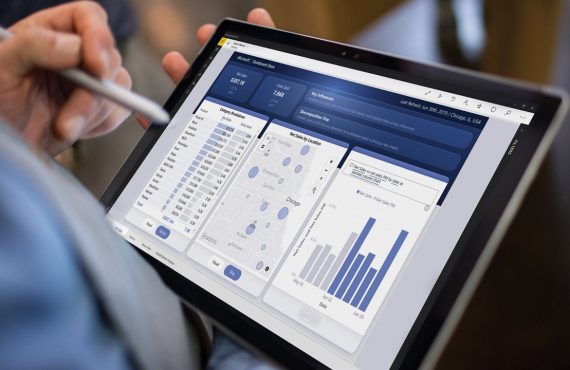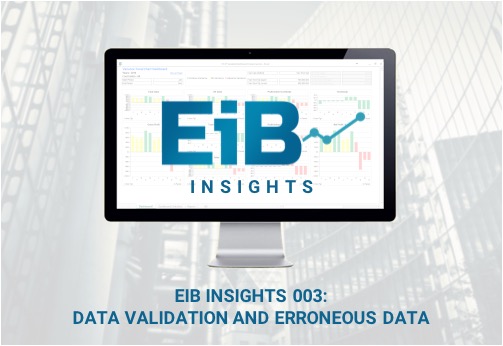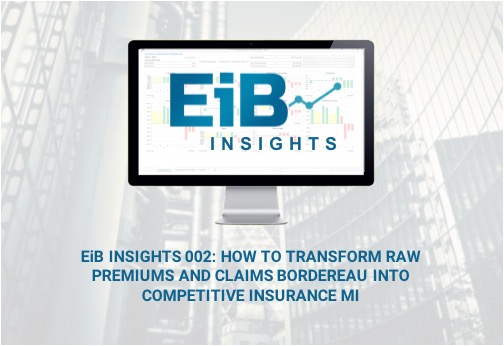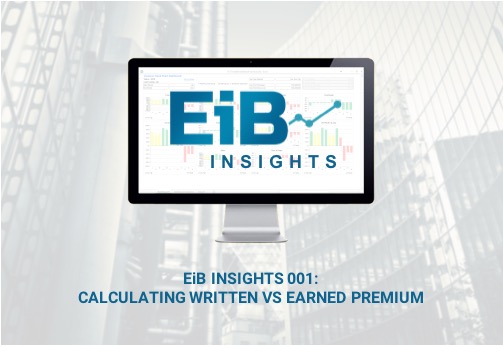Many companies do not have an in depth understanding of their insurance system and many do not take time to understand insurance analytics. If a company does not understand what is happening, it can not make any effective changes or improvements in the insurance system. A large percentage of businesses are unaware that they are paying too much for insurance or that they are not getting enough coverage. Many companies think that it is all about the numbers. However, there are some issues with the process that can make a difference on your bottom line.
An insurance company’s insurance system is comprised of several different components. Some of those components are human error, policy management, customer service, claims processing, fraud prevention, and insurance risk. In order to improve the insurance process, these components must be aligned together. There is a difference between human error and policy management. The human errors can be eliminated through training, but in most cases, the human error will still exist. Policy management and customer service can be improved through education and training, but most times, that will not be enough to eliminate the human error and policy management problems.
Good insurance analytics can show a company how they can eliminate their human error. If you cannot eliminate the human error completely, you may have to adjust your policies so that you will not have as many claims as you currently have. If you can reduce the number of claims you are paying for, then you can increase your profit margin and overall profitability. You will have lower losses and less money to pay out claims to. In addition, you can reduce the overall number of claims that you are making, which can also be beneficial. In some instances, insurance analytics can even be able to increase your profits.
If you are able to reduce the policy management, you may be able to reduce the amount of fraud in your company. Insurance fraud is a very costly issue and can lead to huge lawsuits. If you want to avoid having to pay out millions of dollars in lawsuits and litigation, you need to learn how to reduce the risk associated with fraudulent claims. The key is to learn how to reduce the risk and you need to know the causes of the risks and how to prevent them. Insurance analytics can help you identify those causes and find ways to eliminate them.
Fraud prevention is another area that needs to be addressed. Fraud prevention is an important part of the insurance analytics, as is the fraud risk that you are facing. Fraud prevention will help you determine whether you are being successful in reducing the risk that you are currently facing and increasing the rate of claims being filed against you. Fraud prevention is an ongoing process as you adjust your policies and your risk profile, but it is also an ongoing process to identify trends that will help you identify areas of improvement.
Insurance analytics should be a continual process. Every year, companies need to review the information that they have, learn from previous years, and use what they learn to learn what areas need to be improved in their policies. Insurers can use this information to identify areas of improvement. Once they have identified areas of improvement, they can begin to create new policies to eliminate any areas of improvement. Insurers can also use the information from those policies to start a new marketing campaign and increase sales and awareness. This information can also help a company determine the type of marketing they should be doing and what type of advertising to use. Marketing can be very powerful because they can target markets based on their data and target their advertising efforts in a way that brings in more revenue and leads.












